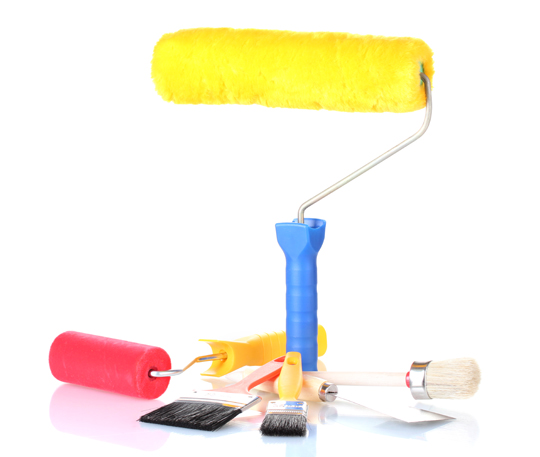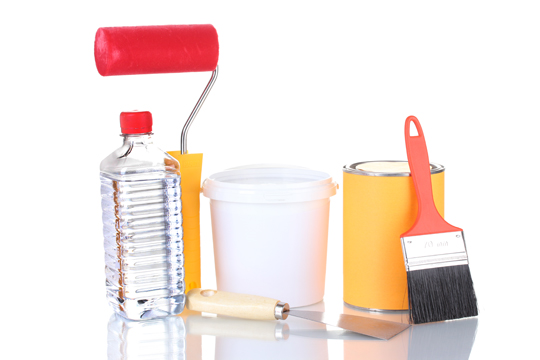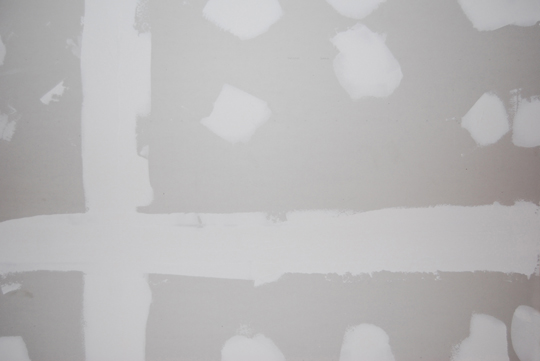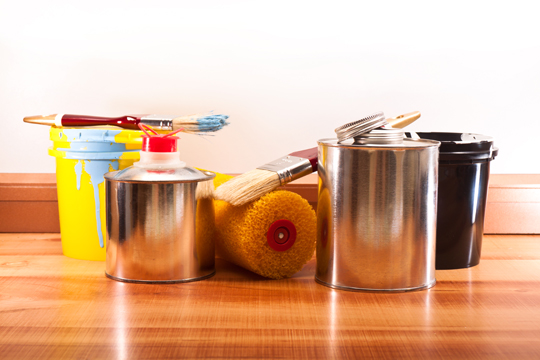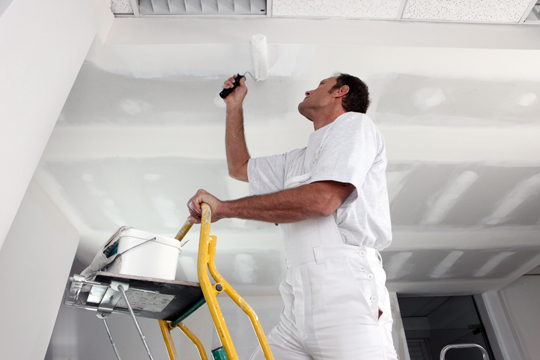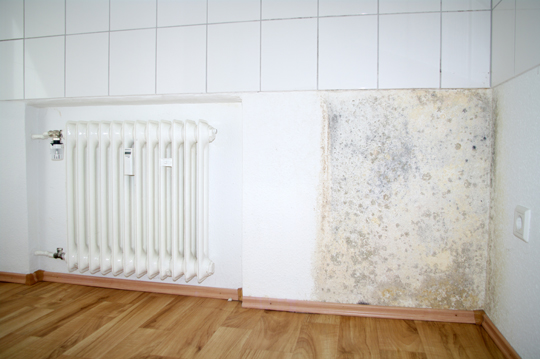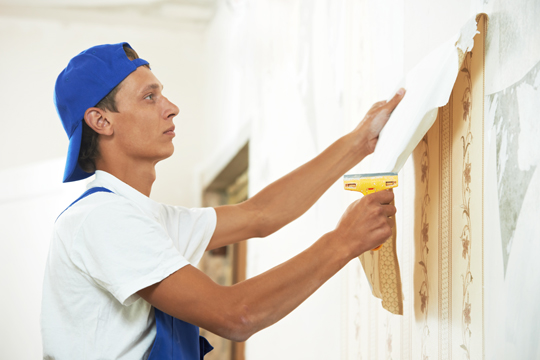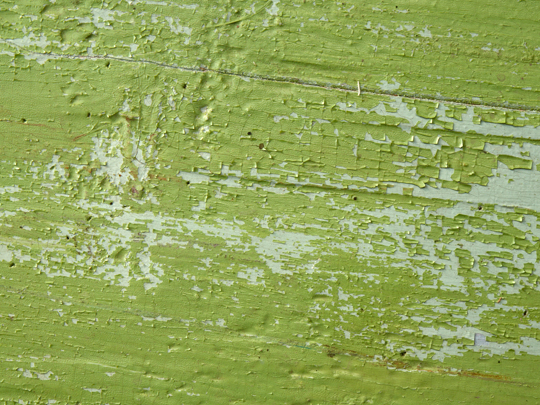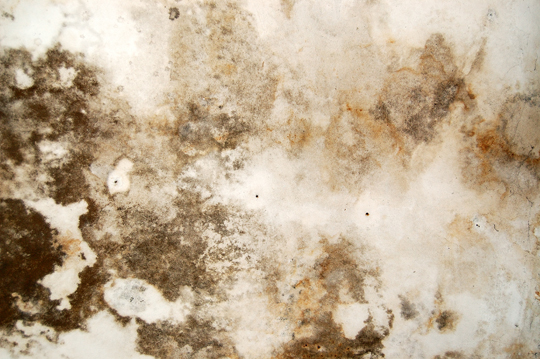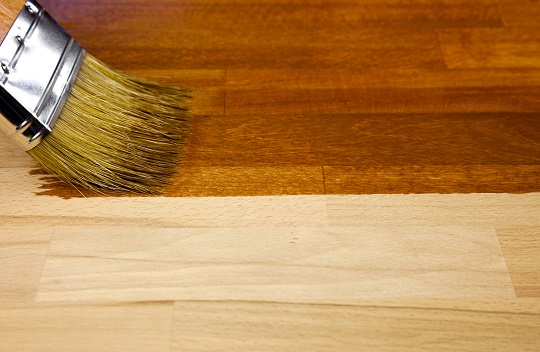Like traditional paint strippers, paint solvents have a lot of uses, but one of the most popular ways they are used is to clean paint brushes. Many people are happy to throw away their brushes after they use them, but if you paint often, you can be wasting a lot of money this way.
If you want to save your brushes and use them over and over again, you should clean them thoroughly. To do this, you need to find the best paint solvent for the job.
Mineral Spirits
Oil paints are often used by artists and can be a bit tricky to remove from brushes. Many solvents cannot remove oil, and the ones that can are made especially for the job.
Before you attempt to clean your brushes, make sure you are wearing gloves and goggles so you do not accidentally splash any of the paint solvent in your eyes or on your skin. Mineral spirits are often the best paint solvent for removing oil paint from brushes because they can break up the oil and help it slide off the brushes.
You may need a paint comb to help you remove paint which turns hard and sticky or has partially dried on the paint brush.
Citrus Solvents
If you want to clean your brushes without using harsh chemicals, you can use a citrus-based solvent. Citrus solvents are fairly common and can be purchased from hardware stores and many department stores. Citrus is used in many cleaning products and is strong enough to strip the paint from brushes. It also has a pleasant scent.
Finding the best paint solvent can often be a matter of trial and error. Try several different ones and choose the one that is the most affordable and effective.
Need Professional Help?
If you are looking to remove stubborn paint from a wall or need help re-painting a room, use TalkLocal to find the right help. Skip paging through the phonebook. We get you results right away AND connect you with them via telephone.

